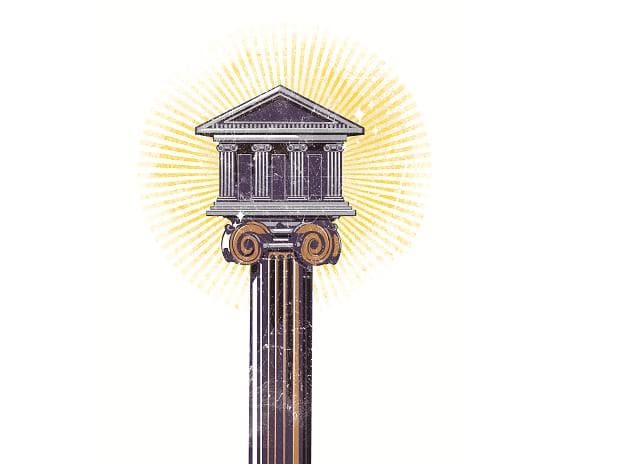Bank credit growth may fall to a multi-decade low of 0-1 per cent in FY21 from six per cent in FY20 due to the economic disruption caused by covid-19, rating agency Crisil has estimated. Due to the economic contraction, the banking sector is likely to witness one of its slowest years, the rating agency said.
Prior to the disruption caused by covid-19, bank credit was already slower than normal in FY20 due to subdued economic activity and risk averseness of the lenders.
With covid-19 unfolding into an unprecedented crisis, bank credit growth is expected to shrink by 5 per cent in a base case scenario. Experts had suggested a pick- up in bank credit growth to 8-9 per cent in FY21 before covid hit.
“This crisis is unprecedented and so will its economic fallout be – such as lower capex demand as well as lower discretionary spends, to name some –which will slow down credit offtake significantly across segments in the current fiscal”, said Krishnan Sitaraman, Senior Director, CRISIL Ratings.
Corporate lending, which comprises almost half of the total credit outflow from the banks, is expected to be hit the hardest among all other segments and will de-grow in FY21. Similarly, retail lending which was the only bright spot in lender’s portfolios is also expected to contract and will record growth in low single digits in FY21 amid job losses and salary cuts leading to reduced expenditure on discretionary items.
“Purchase of new homes and vehicles are expected to be delayed, impacting demand for financing. Disbursements across most asset classes will see a significant decline this fiscal”, said CRISIL in a note.
But, credit growth in the micro, small and medium enterprises segment is expected to grow at 6-7 per cent in FY21 because of the governments’ package pertaining to that sector. The government has announced a Rs 3 trillion credit line for the sector in its covid package and public sector banks will lead the disbursement in this sector.
Decent growth is also expected in the agriculture sector on anticipation of normal monsoon and faster recovery in rural areas from the pandemic. Agricultural loans are likely to grow 3-4 per cent in FY21, the rating agency estimated.
"Despite the decline in disbursements, credit growth will be positive on account of lower repayments during the moratorium and capitalisation of interest accumulated", the rating agency said.
Despite the central bank pumping in adequate liquidity, the banks are parking record amounts under the reserve repo window of the RBI rather than lending it forward. The RBI has cut its reverse repo rate to 3.35 per cent to discourage banks from parking their surplus funds with the central bank. Banks are wary of lending in this current environment, when economic outlook is uncertain and there is higher credit risk.
“The uncertainty has led to increased risk aversion among lenders. While the RBI has been reducing policy rates and the government has introduced measures to encourage lending, banks continue to be risk-averse, as reflected in higher surplus liquidity parked with the central bank and the high credit spreads for most borrowers”, said Subha Sri Narayanan, Director, CRISIL Ratings.
“Therefore, boosting lender confidence through specific sectoral measures that can allay their concerns and lead to efficient transmission of rates and funding, is an imperative to enhance credit growth”, Narayanan added.
In the fortnight ended May 22, banking system credit grew 6.5 per cent year-on-year to Rs 102.23 trillion, down almost 50 per cent from a year ago, reflecting the impact of the nationwide lockdown imposed at the end of March. On a fortnightly basis, bank advances de-grew by 0.3 per cent or Rs 28,683.47 crore to Rs 102.23 lakh crore in the reporting period from Rs 102.51 lakh crore as on fortnight ended May 24, 2020.
Bankers had opined that, demand destruction during the lockdown was one of the reasons behind the fall in credit growth. However, they had said, the use of sanctioned credit would see a gradual rise as businesses begin activities during the unlocking phase. Many banks have indicated that they will adopt a more conservative approach to lending now and the unsecured retail segment is one of the sectors where some stress might emerge.
